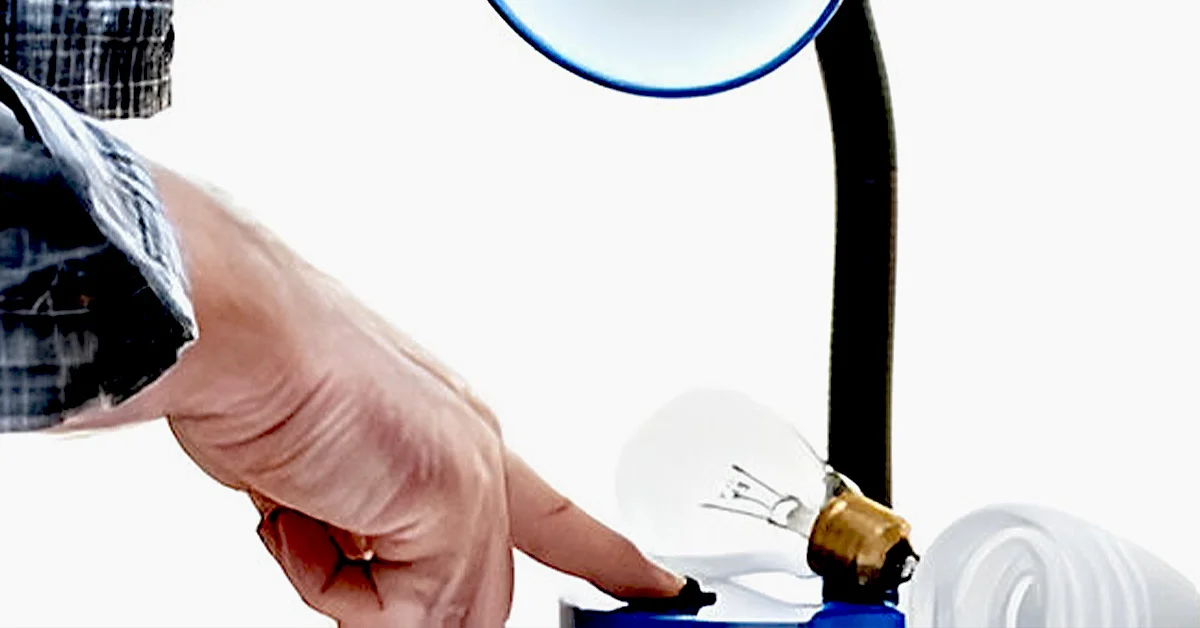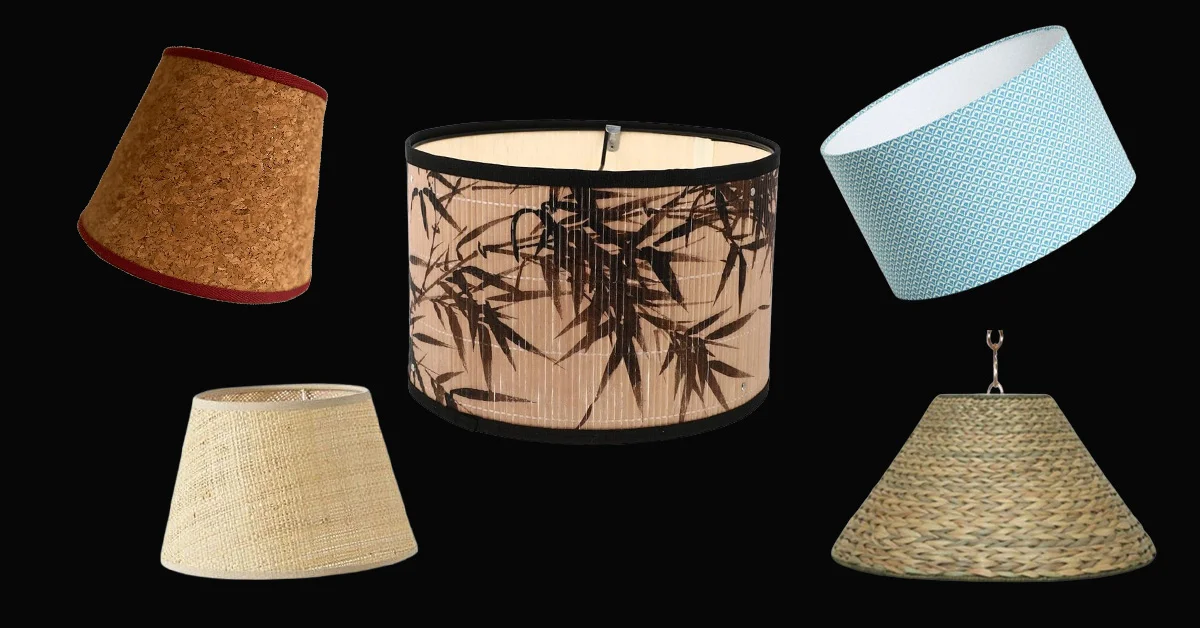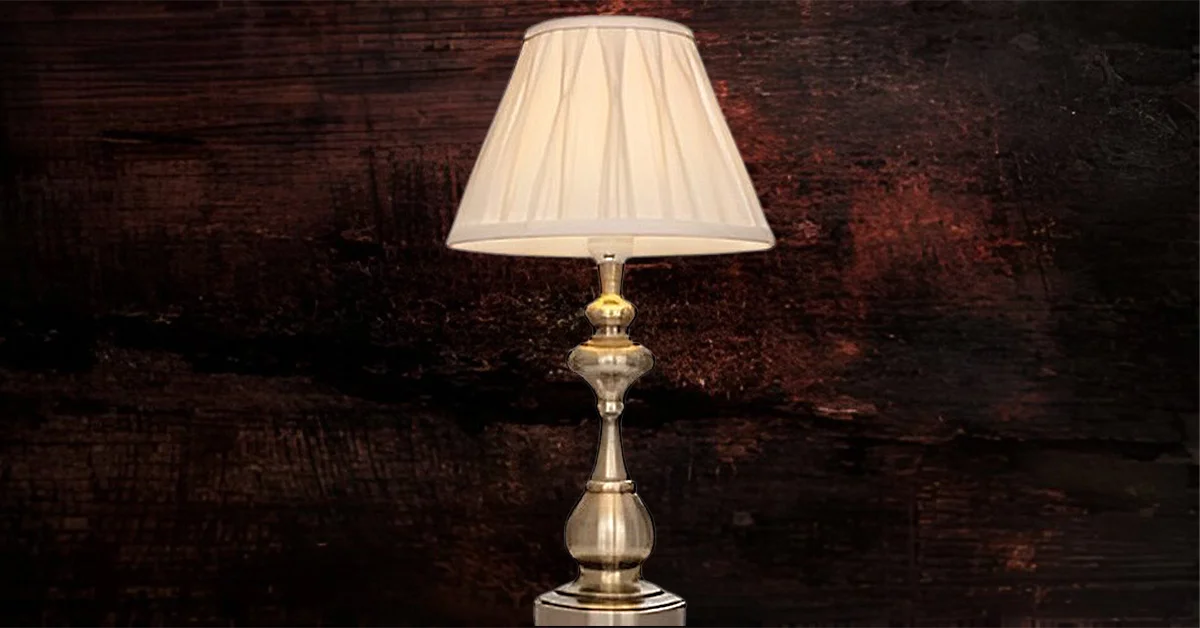Like any other electronic component, table lamp switches are also vulnerable to faults.
In this comprehensive guide, you will find the most common lamp switch faults, their underlying reasons, and effective solutions to rectify them.
Table of Contents
ToggleThe purpose of this article is to make you able to identify the causes of these common lamp issues & how you can fix them.
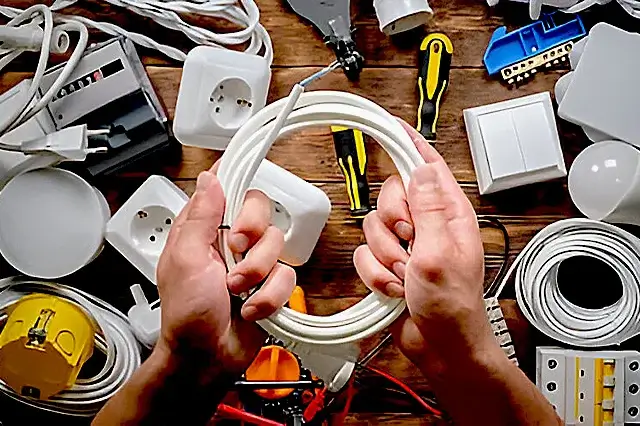
1-Flickering Or Irregular Lighting
Loose wiring connections are a common issue with lamp switches that often result in flickering or intermittent lighting.
The primary cause of this fault is inadequate installation or wear and tear over time.
When wires become loose, they fail to establish a stable electrical connection, leading to irregular functionality.
Solutions
- Turn off the power to the lamp at the circuit breaker before proceeding.
- Next, carefully examine the wiring connections within the switch housing.
- Tighten any loose wires using a screwdriver or pliers, ensuring a secure connection.
- Additionally, consider replacing damaged wires to prevent future issues.
2-Difficulty In Toggling
The damaged switch mechanism is another common issue with lamp switches.
Extended use can cause internal components to deteriorate, leading to difficulties in turning the light on or off.
Solutions
- Use a replacement switch according to your lamp’s specifications.
- Disconnect the power supply to the lamp first.
- Remove the old switch by unscrewing it from the housing and disconnecting the wires.
- Install the new switch following the manufacturer’s instructions.
- Ensure proper fitting and wiring connections.
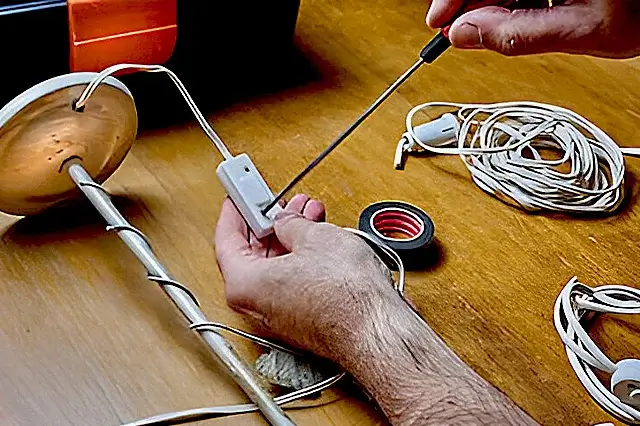
3-Corrosion Build-Up
Corrosion buildup on the switch terminals is another common issue, especially in high humidity or moist environments.
Over time, it can disrupt electricity flow, leading to malfunctioning switches.
Solutions
- Clean the switch terminals with a fine-grit sandpaper or wire brush to remove any oxidation or residue.
- Ensure the power is disconnected before starting the cleaning process.
- Once the terminals are clean, apply a thin layer of electrical contact cleaner or dielectric grease to prevent future corrosion.
4-Overloading
When the lamp switch is exposed to a higher electrical load than it can handle, overloading occurs.
It can cause overheating and potential damage to the switch mechanism.
Overloading often happens when multiple high-wattage bulbs are connected to a single switch.
Solutions
These simple tips can work to prevent overloading,
- Evaluate the wattage of the bulbs installed in your lamp and ensure they fall within the recommended range specified by the manufacturer.
- If necessary, replace high-wattage bulbs with lower-wattage alternatives to alleviate the strain on the switch.
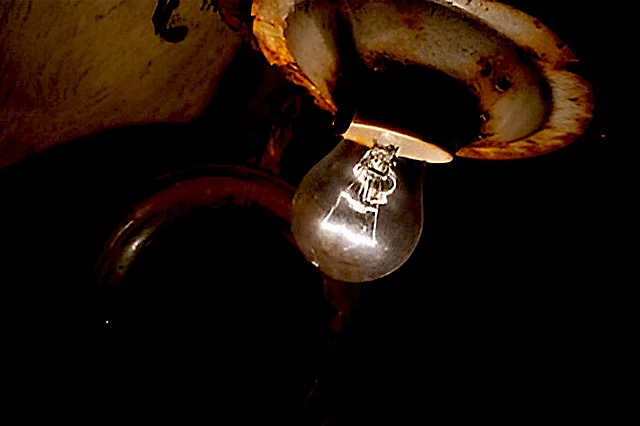
5-Faults Due To Environmental Factors
Environmental factors, such as dust accumulation or exposure to extreme temperatures, can contribute to faults in lamp switches.
Dust and debris can infiltrate the switch housing, causing friction and hindering smooth operation.
Additionally, temperature fluctuations can affect the integrity of internal components.
Solutions
Regular maintenance is vital to reduce the impact of environmental factors on lamp switches.
- Clean the switch housing periodically using a soft brush or compressed air to remove dust and debris.
- Additionally, avoid placing lamps in areas with higher temperatures to prolong their lifespan.
6-Improper Installation
Proper installation is essential in the prevention of lamp switch faults.
Incorrect wiring or inadequate component securing can lead to loose connections or misalignment, resulting in operational issues.
Solutions
- When installing a new lamp switch or replacing an existing one,
- carefully read the manufacturer’s instructions to ensure correct wiring and assembly.
- Make sure that all components are firmly in place to avoid any unnecessary strain on the switch mechanism.
- It is recommended to conduct a thorough post-installation inspection to verify proper functionality.
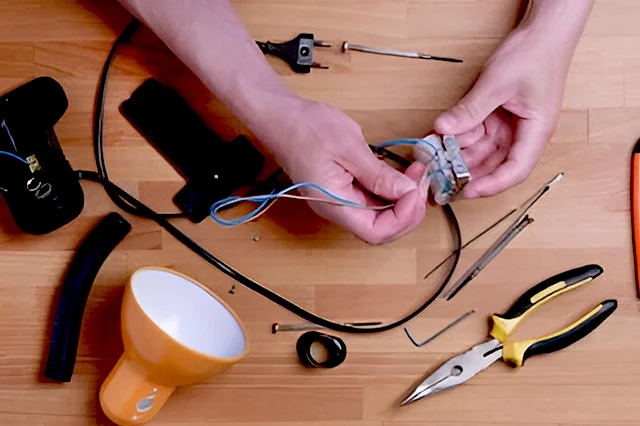
7-Faults Due To Structural Damage
Structural damage to the lamp switch housing or internal components can also cause faults.
Cracks, fractures, or deformities in the housing compromise the integrity of the lamp switch, increasing the risk of electrical malfunctions.
Solutions
- Inspect the lamp switch housing regularly for any signs of structural damage like cracks or deformities.
- Take notice immediately if damage is detected. Replace the switch housing promptly to prevent further deterioration and to ensure safe operation.
- Additionally, consider reinforcing vulnerable areas with adhesive for added durability
8-Using Old Switch Technologies
Innovations in lamp switch technology have introduced advanced features designed to enhance performance and reliability.
Switches with features such as self-cleaning options, surge protection, and programmable settings offer improved functionality and longevity.
Solutions
- Consider upgrading to modern switch models having advanced technologies to minimize the risk of faults and enhance user experience.
- Explore available options and select a switch that meets your specific requirements and preferences.
- Always use switches from reputable manufacturers known for their quality and innovation.
When To Consult A Professional Electrician
If you encounter persistent lamp switch faults despite your best efforts, take the expertise of a professional electrician.
A qualified Electrician has the proper knowledge, skills, and specialized tools necessary to diagnose and address complex electrical issues effectively.
A professional electrician will conduct a comprehensive assessment of your electrical system, identify underlying issues, and implement appropriate solutions to restore optimal functionality.
Closing Remarks
Well, addressing common lamp switch faults requires a combination of proactive maintenance, proper installation practices, and professional intervention when necessary,
You can minimize the risk of faults by following the solutions mentioned above & prioritizing the integrity of your electrical system to ensure reliable illumination for years to come.
I hope this article will be helpful for you to sort out common table lamp issues. Please give us your valuable feedback & suggestions.
Have a nice day!

